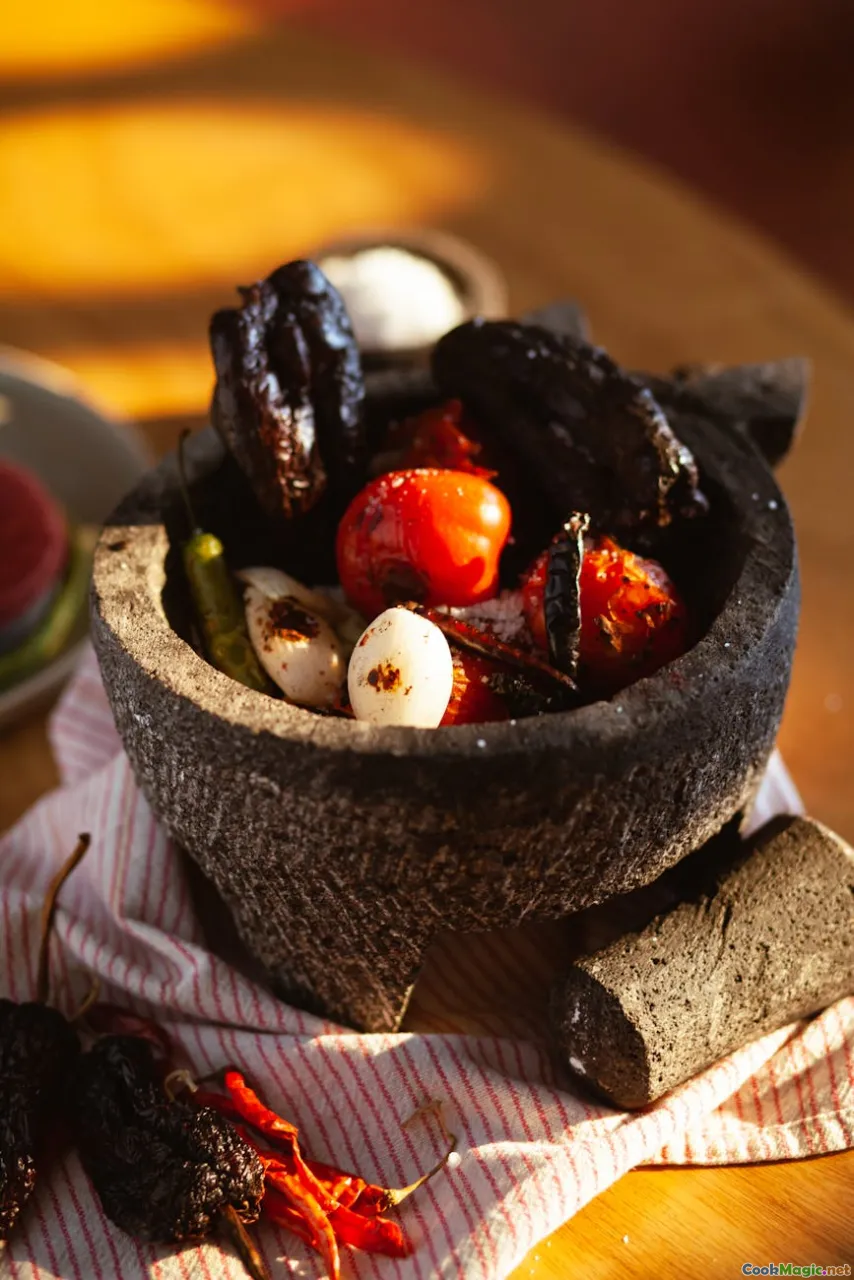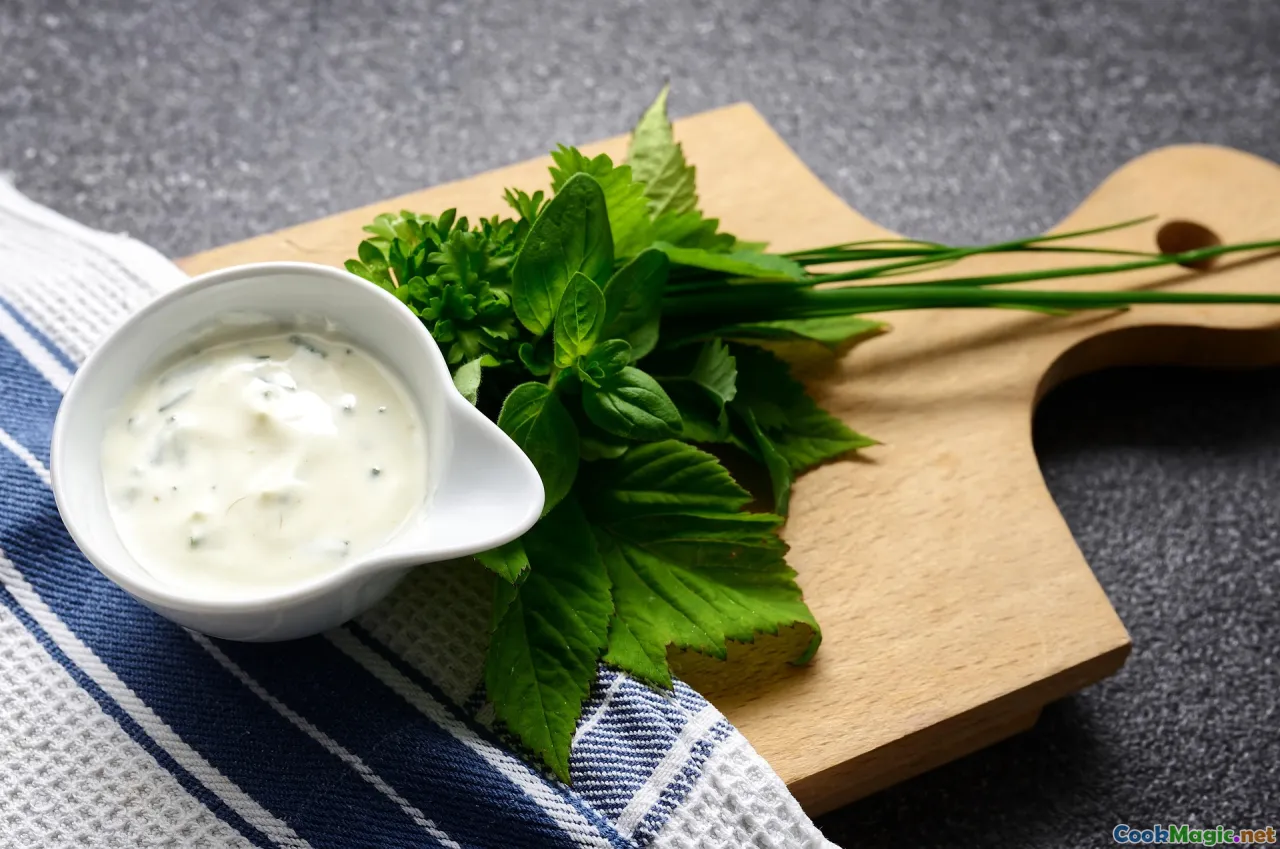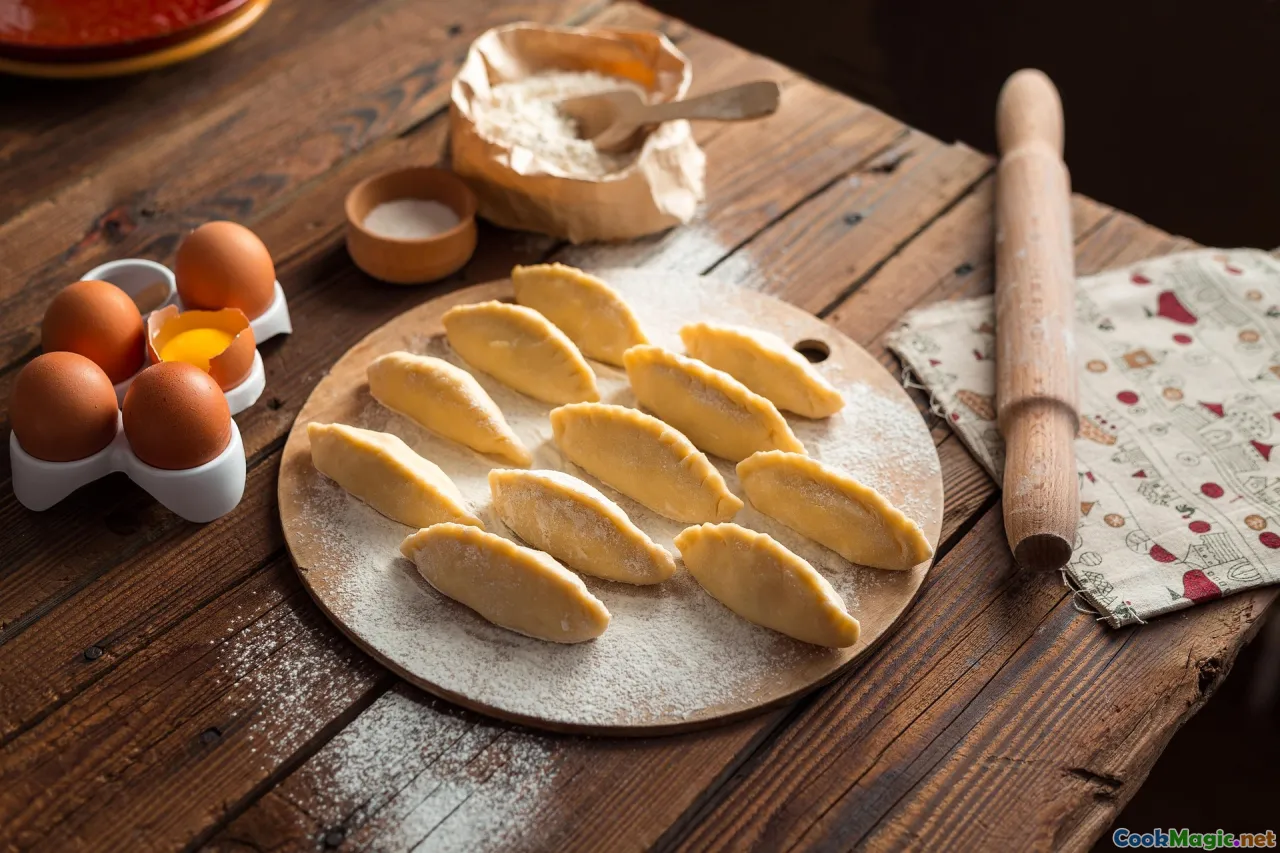Demystifying Recado The Roasted Tomato Sauce
11 min read Explore the authentic preparation and cultural significance of Recado, the roasted tomato sauce essential to Central American culinary traditions. July 25, 2025 18:05
Demystifying Recado: The Roasted Tomato Sauce of Central American Cuisine
Imagine walking through the vibrant streets of Antigua Guatemala at dawn, the warm aroma of roasted tomatoes mingling with the scent of fresh cilantro and smoky mezcal. The air hums with the promise of hearty, soulful dishes that tell stories of history, tradition, and community. At the heart of many Central American kitchens lies a humble yet transformative ingredient: Recado Rojo, often made from roasted tomatoes, which unlocks a depth of flavor transcending mere seasoning.
For culinary enthusiasts eager to explore the soul of Central American cuisine, understanding Recado—especially the roasted tomato variation—is essential. It is more than just a sauce; it’s a cultural touchstone that embodies centuries of indigenous wisdom, Spanish influence, and regional innovation. Join me as we demystify this culinary cornerstone, exploring its origins, techniques, and countless uses that can elevate your cooking to new heights.
The Cultural Roots of Recado Roho: A Historical Perspective

Historically, the concept of roasting and leafy spice blends in Central America predates Spanish colonization, originating from indigenous communities such as the Maya and Nahua. These early civilizations valued roasted and smoky flavors, both for their taste and their preservative qualities. Using fire to roast tomatoes, chiles, and other ingredients allowed them to extract rich flavors and create emulsified sauces that could be preserved and enjoyed over time.
When the Spaniards arrived, they brought new ingredients—cumin, coriander, and various fruits—merging with local traditions to forge something uniquely theirs. Thus, Recado evolved from a simple roasting technique into a complex, layered sauce integral to regional identity.
In places like Guatemala, Honduras, and El Salvador, Recado is not merely an ingredient; it’s woven into festivals, family gatherings, and everyday meals. Many homes still rely on age-old recipes handed down through generations, each family adding their own twist—be it a dash of local spice or a secret smoky ingredient.
The Making of Roasted Tomato Recado: Step-by-Step

Creating authentic roasted tomato recado is an art rooted in patience and sensory observation. Here’s a detailed guide to making a traditional version:
Ingredients:
- 4 large, ripe heirloom tomatoes (preferably with a slightly smoky skin)
- 2 cloves garlic, roasted
- 1 small onion, roasted
- 1-2 dried chiles (such as chiles de árbol or morita)
- 1 teaspoon cumin seeds
- Fresh cilantro stems (if available)
- Salt to taste
- A teaspoon of achiote (annatto) for color, optional
Preparation:
-
Roasting:
- Preheat your fire or grill; if using an oven, set to broil.
- Carefully roast the tomatoes directly on the grill or in a scorching oven until their skins are blistered and slightly charred—the smell of smoky sweetness should fill the air.
- Roast the garlic, onion, and chiles together until soft and fragrant.
-
Cooling & Peeling:
- Allow the roasted ingredients to cool slightly. Peel the tomatoes if you prefer a smoother sauce, but leaving skins can add texture and smoky flavor.
-
Grinding:
- Using a traditional stone mortar and pestle, grind garlic, cumin, and cilantro stems into a paste.
- Add the roasted vegetables and chiles gradually, crushing to break down and integrate the flavors. The texture should be slightly chunky but well combined.
- Salt to taste—and add achiote if a vibrant orange hue is desired.
-
Adjusting Consistency:
- If needed, dilute with a splash of warm water or vegetable broth for a thinner sauce suitable for certain dishes.
This process emphasizes flavor extraction and traditional techniques, resulting in a beautifully smoky, aromatic, and textured sauce.
Variations and Modern Twists

While tradition holds the torch high, contemporary kitchens around the world have embraced and adapted the roasted tomato recado. Here are some exciting variations:
Vegan and Gluten-Free Recado
- Incorporate pumpkin seeds or sunflower seeds blended into the sauce to add richness.
- Use coconut milk for a creamy, tropical twist.
Fusion Dishes
- Spread roasted recado on toasted bread with grilled vegetables for a Central American-inspired bruschetta.
- Incorporate into pasta sauces, combining Italian comfort with Central American depth.
- Use as a marinade for fish or chicken, adding smoky complexity.
Spicy and Bold Accents
- Add extra dried chiles, or fresh jalapeños for heat.
- Incorporate citrus juice or vinegar for brightness.
Despite these adaptations, the essence remains rooted in roasting, patience, and respect for tradition.
The Culinary Magic: Why Roasted Tomato Recado Matters

Recado does more than add flavor; it acts as a bridge connecting generations, geography, and culture. Its smoky depth elevates dishes like mita’(stewed chicken),pepián(a spicy meat and vegetable stew), and fragranttamales.
Imagine the complex layers of flavor that burst through when you bite into a Honduran beef stew simmered with homemade recado—notes of roasted bell pepper, earthy cumin, and a smoky aroma that evokes memories of family gatherings and fiestas.
In Guatemala, recado is tied to traditions like Fiesta de la Cruz, where families prepare this sauce together, passing down recipes and stories through generations. Preparing and sharing recado becomes an act of cultural resilience—a testament to the enduring spirit of the Central American people.
Tips for Perfecting Your Recado

- Use ripe, flavorful produce: Quality ingredients make all the difference.
- Experiment with charring: Achieving a balance between charred and tender ensures a smoky yet vibrant flavor.
- Ground with patience: Traditional grinding with a mortar and pestle helps release flavors better than blending.
- Adjust seasoning: Salt, acidity, and spice should complement, not overpower.
- Make it ahead: Recado improves with a day’s rest, giving flavors time to meld.
Elevating Your Culinary Experience

Incorporating roasted tomato recado into your cooking is like opening a window into Central America's soul. Whether you layer it into a simple rice and beans bowl, enhance a hearty stew, or use it as a condiment, the sauce lends a depth that transforms everyday ingredients into something extraordinary.
Explore local markets—look for heirloom tomatoes and dried chiles—and embrace cooking techniques that honor tradition. Consider hosting a small gathering where everyone gets to grind, taste, and share stories over a pot of freshly made recado. Such moments turn cooking from a routine into a treasured ritual.
With each spoonful, you'll discover more than flavor—you’ll uncover a history rich with resilience, community, and the bountiful beauty of Central American culinary artistry. So next time you roast tomatoes, remember—you’re not just making sauce, you're creating a vessel for stories, memories, and the vibrant spirit of a region that continues to nurture its rich gastronomic heritage.
Let's keep this tradition alive, one delicious dish at a time.









